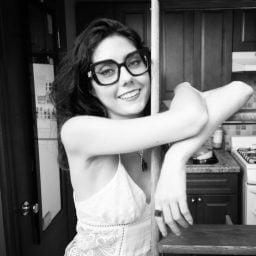Art & Exhibitions
From KAWS to MSCHF—A New Show Celebrates Artists Who Have Made Sneakers Their Canvas
The Toronto institution's new show will explore the evolving artist sneaker drop through kicks by Peter Max, KAWS, and more.
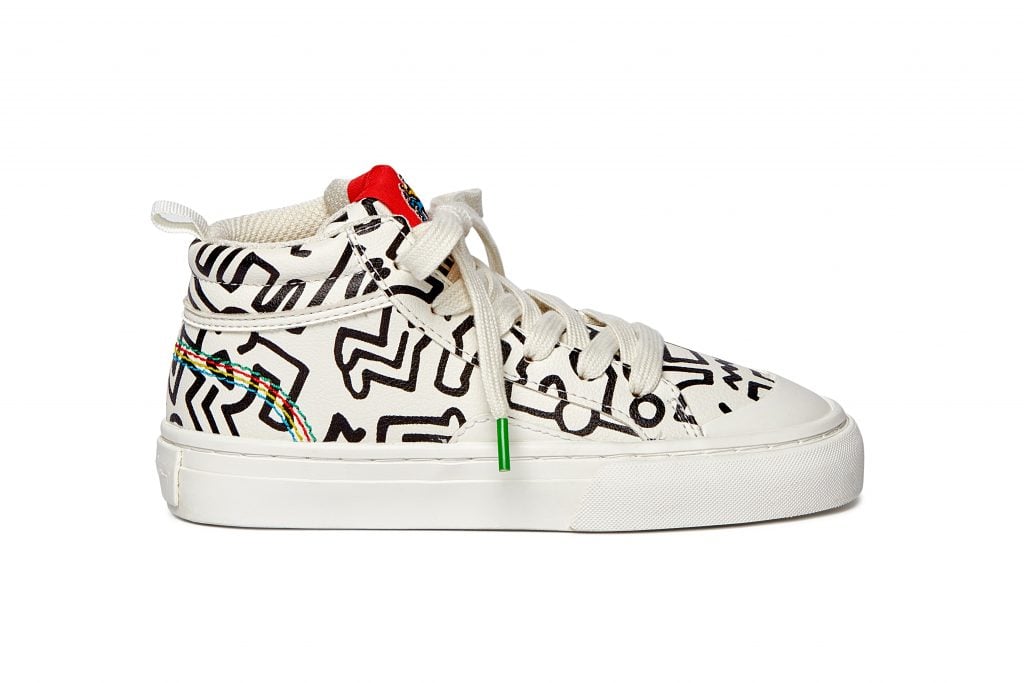
Since 1995, the Bata Shoe Museum in Toronto has surveyed society through shoes, from the legacy of men in high heels to footwear’s role in forensics. Next month, the institution is highlighting the growing relationship between art and sneakers—with a focus on recent artist collaborations that bridge star-studded drops with deeper cuts.
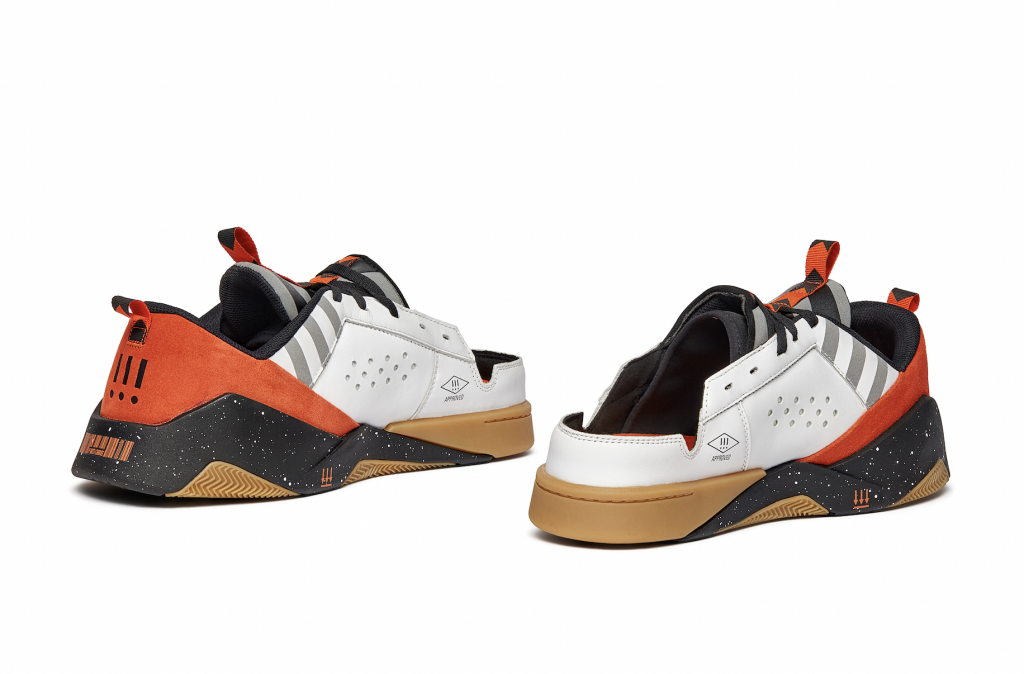
MSCHF BWD (2023). Photo by Kailee Mandel.
Coming up at the Bata Shoe Museum is “Art/Wear: Sneakers x Artists,” offering a deep dive into the growing trend, through the lens of 48 legendary artist-driven sneaker designs hailing from the museum’s own collection and new acquisitions alongside outside loans, some from the artists who made them.

Bryant Giles x New Balance 2002R (2022) Photo by Kailee Mandel.
“Art/Wear” will play out across the museum’s third floor, in thematic, chronological sections, mapping “the history of how sneakers came to be a focus for artists,” as the museum’s executive director and curator Elizabeth Semmelhack told me over email.
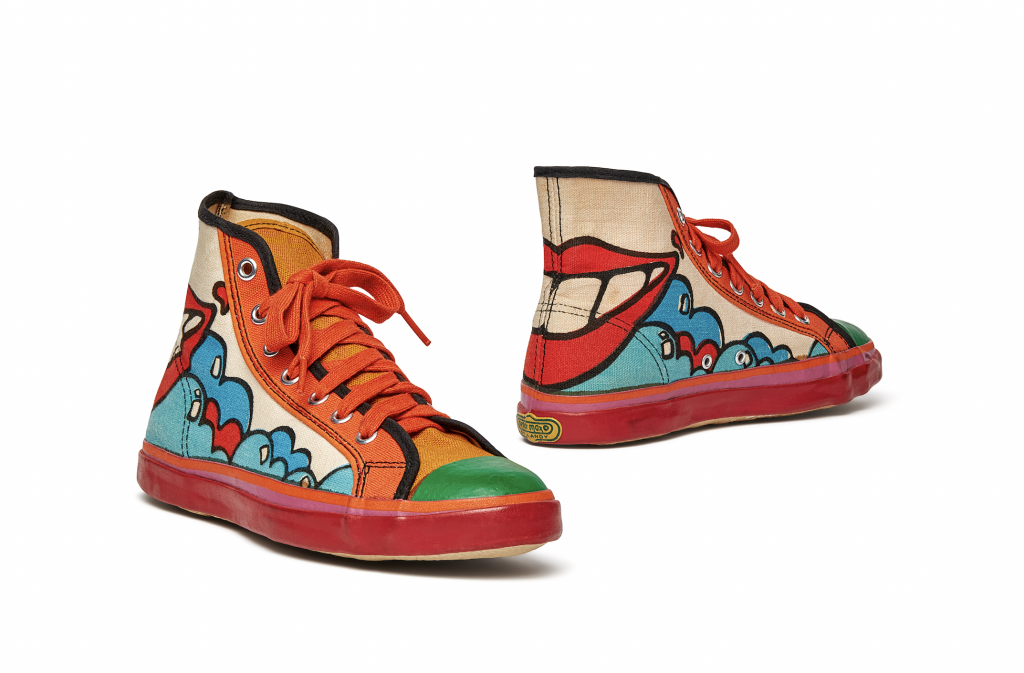
Peter Max x Randy’s Shoes (1968) Photo by Kailee Mandel.
“It starts with a look at the mass production of both canvas sneakers and ballpoint pens and markers to discuss the origins of drawing on sneakers with teen girls in the 1950s and 1960s,” Semmelhack, who’s penned numerous sneaker books, continued. The first known artist sneaker collab, which dates to the 1960s, will appear here: a pair of high top tennis shoes by acclaimed psychedelic artist Peter Max, for Randy’s shoes.
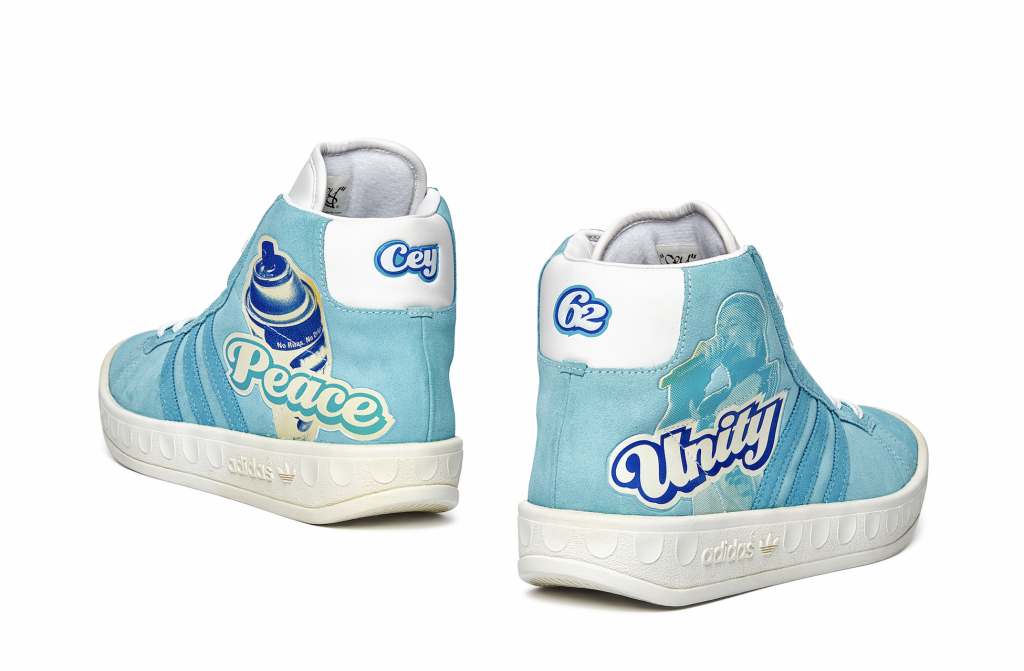
Cey Adams x adidas Adicolor Hi BI2 (2006). Photo by Kailee Mandel.
Next, “Art/Wear” will explore how graffiti writers like Stash, Futura, and Cey Adams further pioneered the link between art and kicks. Five pairs of KAWS sneakers will anchor this section, in addition to two complete KAWS x Sacai outfits, as Semmelhack noted, “to explore the complete embodiment of art.”
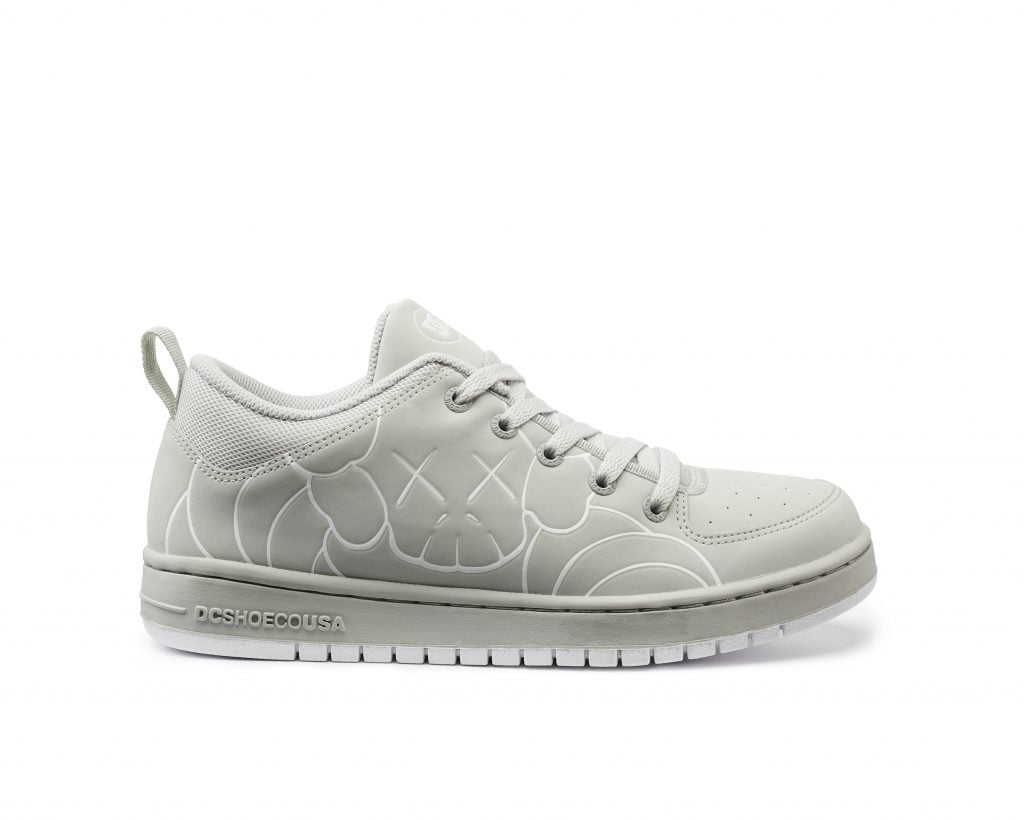
KAWS x DC shoes (2001). Photo by Brad Bridgers.
The show final section will devote itself to sneakers by fine artists like Damien Hirst, Takashi Murakami, and Daniel Arsham. Packaging features most heavily here, demonstrating how “how sneakers and also their boxes and tissue paper give consumers access to artists’ work,” Semmelhack said. She likens the very limited editions of these shoes to fine art prints. A skate deck triptych by Murakami will enliven this space, too.
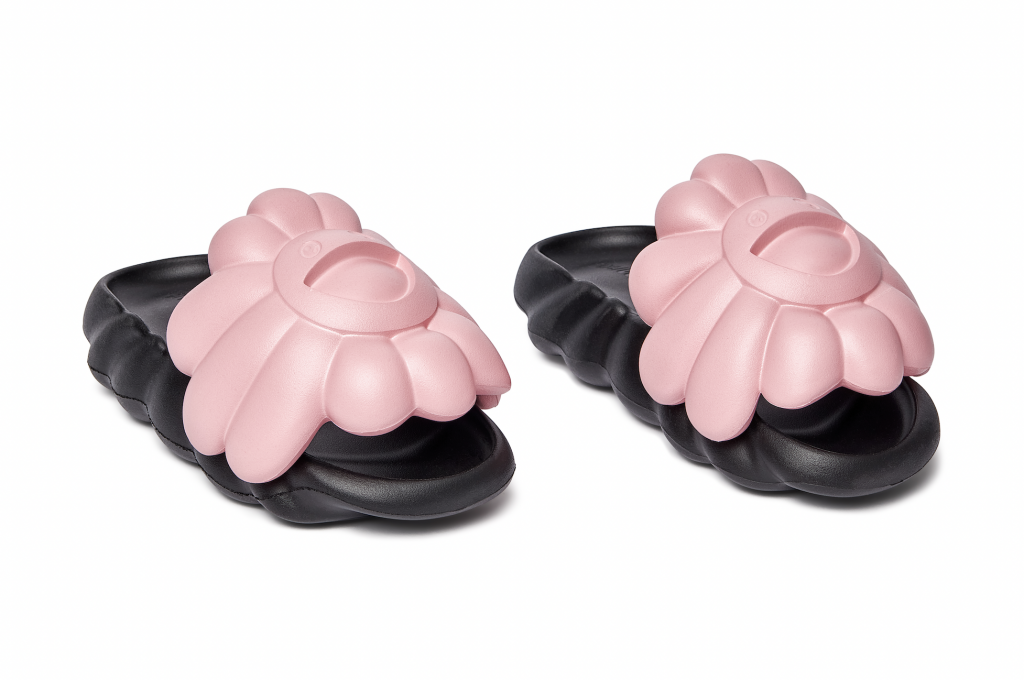
Takashi Murakami x BLACKPINK Ohana Full-Bloom Slides (2024). Photo by Kailee Mandel.
Sometimes, sneakers can feel like a very male dominated space. “Art/Wear” expands beyond this stereotype, including sneakers from about half a dozen female artists, including Shantell Martin, Vicky Vuong, and Kate Knudsen, the widow of Doobie Brothers drummer Keith Knudsen.
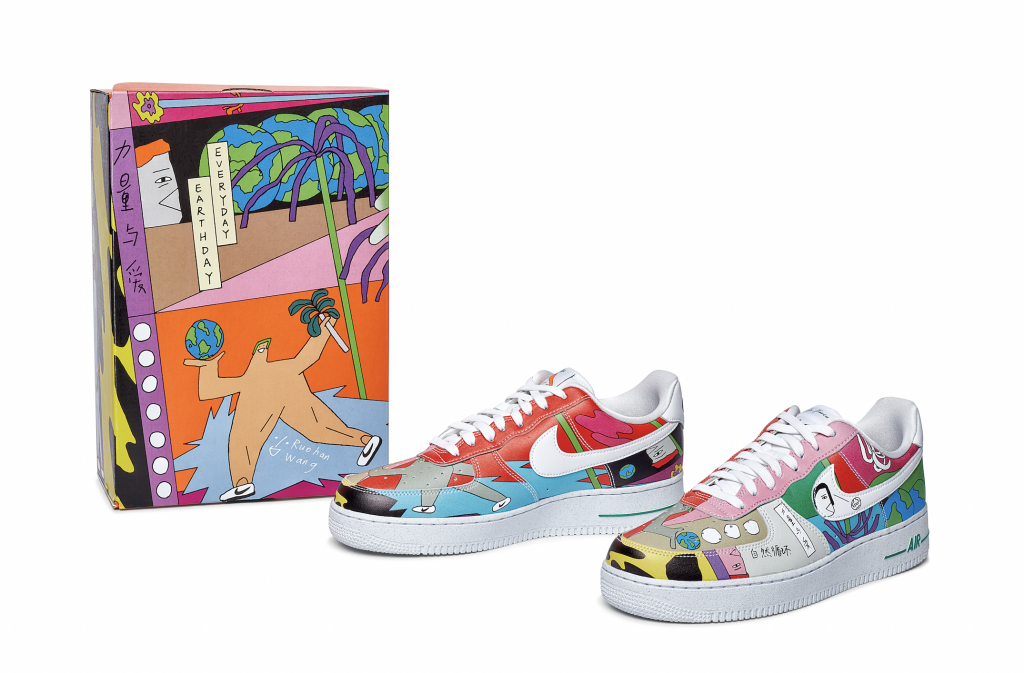
Ruohan Wang x Nike Air Force 1 Flyleather (2020). Photo by Kailee Mandel.
This show doesn’t shirk drama, either. After careful deliberation, Semmelhack included a pair of Tom Sachs’s Nikes in “Art/Wear,” even though the Olympian outfitter dropped Sachs amidst controversy last spring. Semmelhack said she opted to keep Sachs’s work “because it has been central to the history of artists and brand collaborations.”

Javier Calleja x Vault by Vans “You Have No Choice” slip ons (2022) Photo by Kailee Mandel.
Global commerce has enabled the artist patronage system to open up, as artists translate their work onto an ever widening array of products, and reach new audiences around the world. Compared with scarves, jewelry, or clothes, what makes sneakers so alluring?
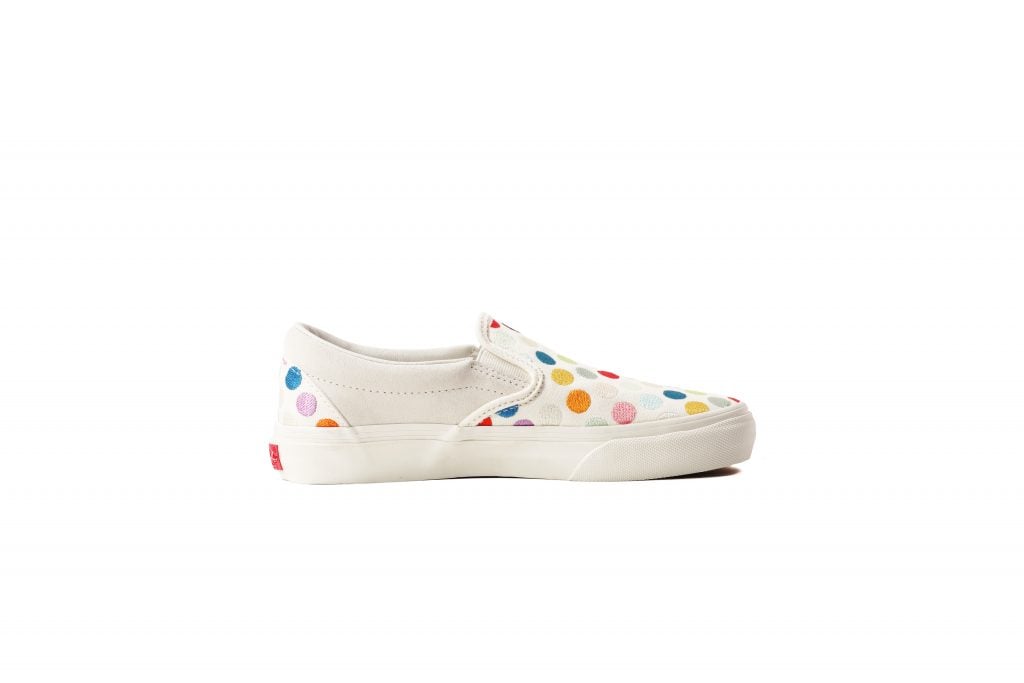
Damien Hirst x Vans and Palms Casino Resort polka dot slip on (2019). Photo by Adrienne Naval.
First of all, sneakers offer a stronger structure, which allows an artist’s designs to shine without the fatigue of holding the body any one way. Furthermore, the packaging and related ephemera surrounding sneaker drops generate a particular kind of excitement.
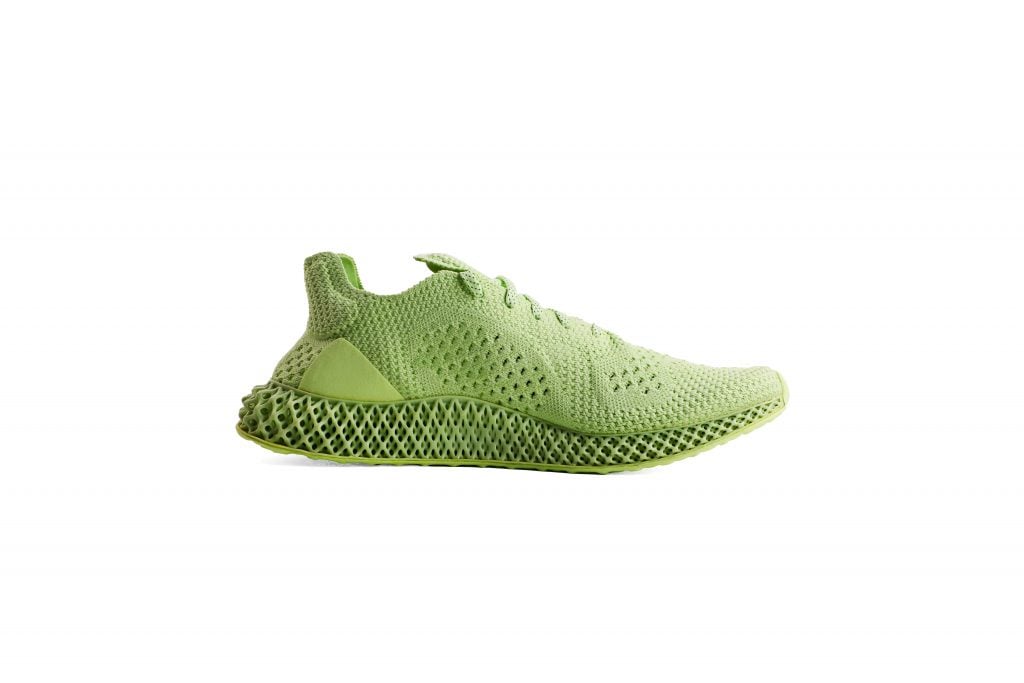
Daniel Arsham x adidas Originals FUTURECRAFT 4D (2018). Photo by Adrienne Naval.
“I think it is important to note that sneakers are not blank canvases,” Semmelhack added. “The storied histories embedded in classic silhouettes, the cultural significance of specific brands, and the longstanding importance of sneakers in the creation of cultural and personal identity are all at play in artist collabs.”
As the exhibition will show, these sneakers prove that art has power beyond the gallery.
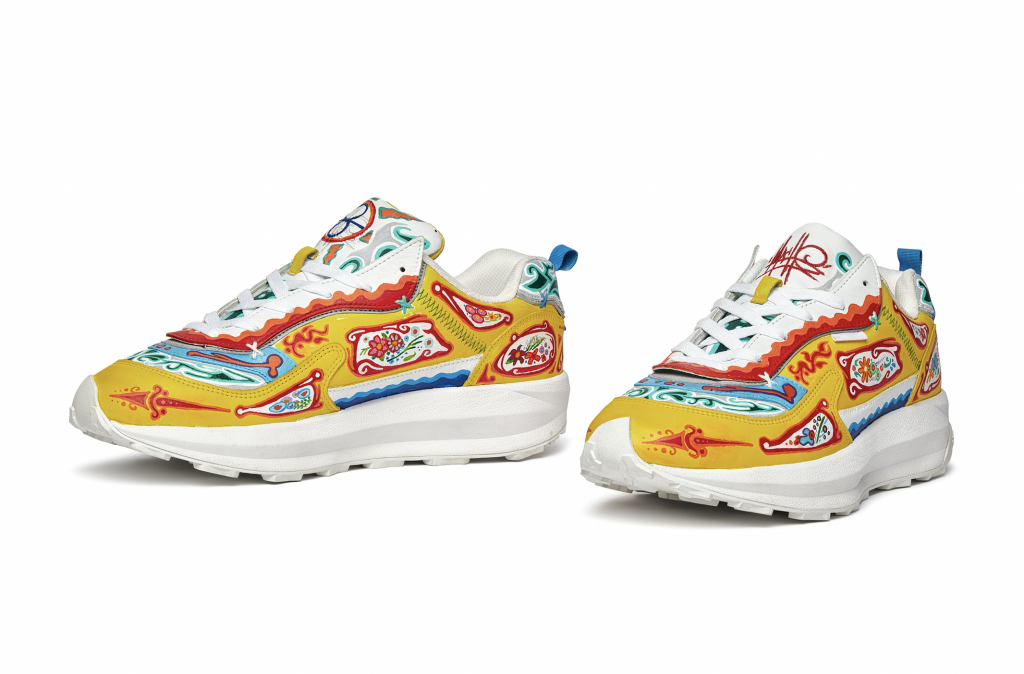
Mache ‘Blank Canvas’ Runner Customs (date unknown) Photo by Kailee Mandel.
“Art/Wear: Sneakers x Art” will be on view at Bata Show Museum, 327 Bloor St W, Toronto, October 3, 2024–March 26, 2025.

